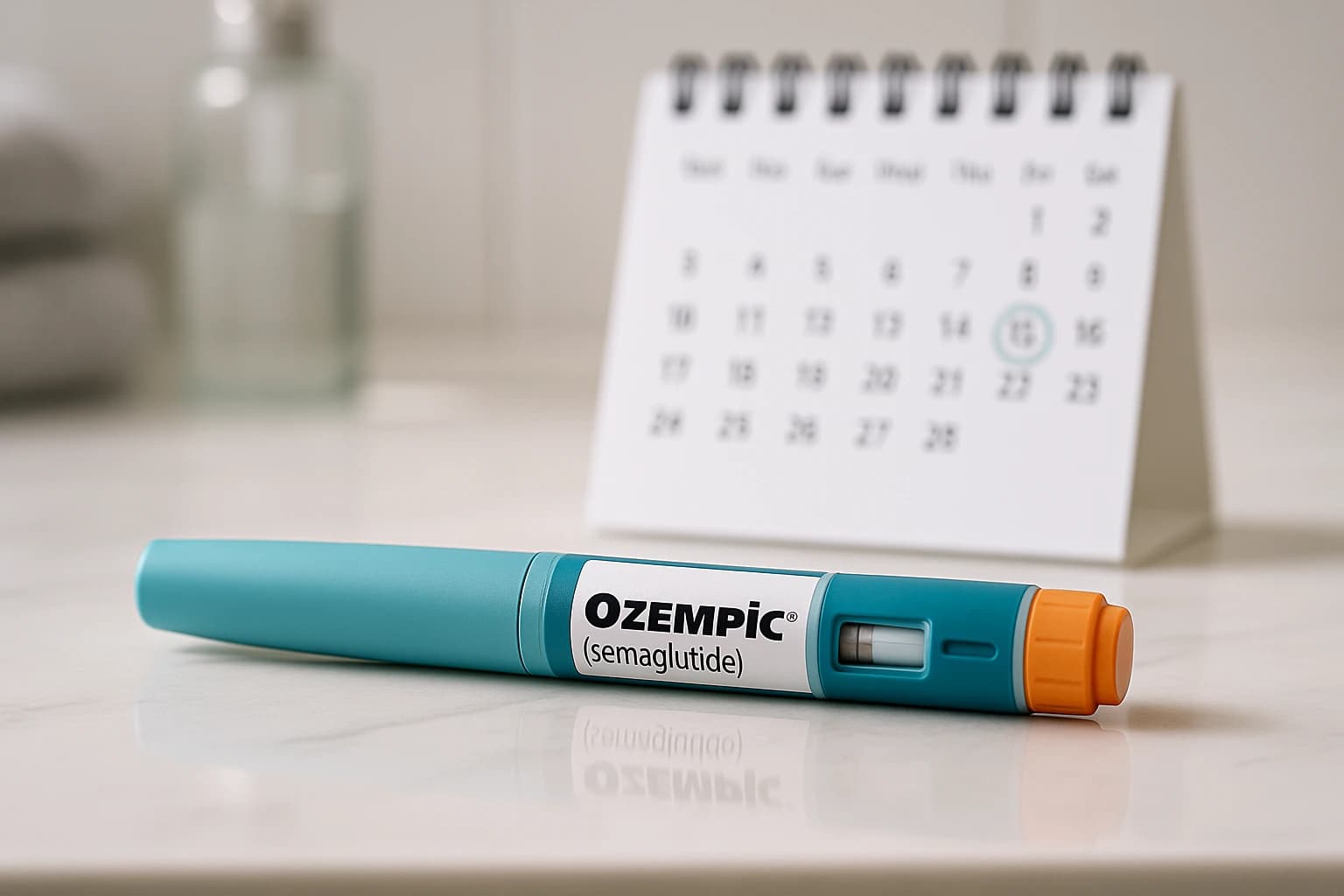Quick Answer: How Long Does Ozempic Stay in Your System?
Ozempic’s active ingredient, semaglutide, has an average half-life of ~7 days, according to the FDA prescribing information. In practical terms, a medicine is mostly cleared after about five half-lives, so most semaglutide leaves the body in ~4–5 weeks following the last dose, with small residual amounts possibly persisting a bit longer. Patient guidance aligns with this timeframe, noting that effects taper as the drug slowly declines, which is why weekly dosing maintains steady benefits; see summaries such as GoodRx’s overview for a lay explanation of the timeline. Each injection is formulated to provide about one week of therapeutic effect, and steady state is reached after roughly 4–5 weekly doses, which helps explain why benefits feel smoother over time.



